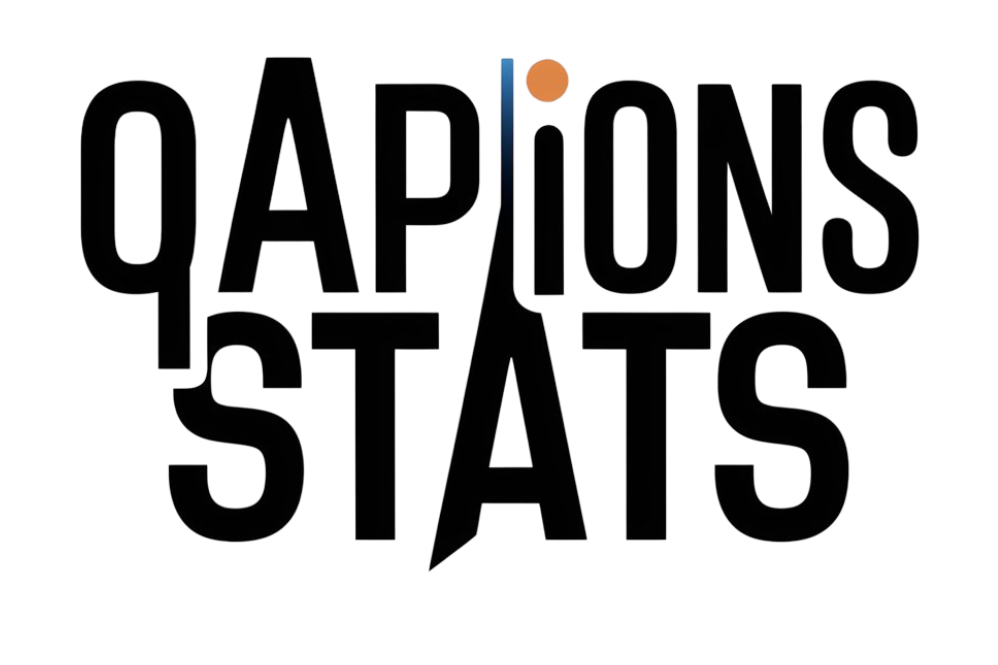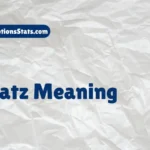Language is a dynamic entity, constantly evolving and adapting to cultural shifts and societal changes. One such term that has traversed its cultural boundaries to gain global recognition is “bomboclat.” Originating from Jamaican Patois, this term has found its way into internet slang, music, and everyday conversations worldwide. This article delves deep into the meaning, origins, and cultural significance of “bomboclat,” providing a comprehensive understanding of its usage and implications.
Understanding “Bomboclat”
Literal Meaning
“Bomboclat,” also spelled as “bumboclaat,” “bumbaclot,” or “bombaclaat,” is a Jamaican Patois expletive. Literally, it combines “bumbo” (referring to the buttocks or vulva) and “claat” (a variation of “cloth”), translating to “butt cloth” or “menstrual cloth.” Historically, it referred to sanitary napkins or cloths used for personal hygiene.
Figurative Usage
Over time, “bomboclat” evolved from its literal meaning to become a versatile expletive expressing strong emotions such as anger, frustration, surprise, or disgust. Its usage is akin to English profanities like “damn” or “f***,” and it functions as a noun, verb, adjective, or interjection, depending on the context.
Related post: Medusa Tattoo Meaning
Origins and Evolution
Jamaican Roots
“Bomboclat” has its roots in Jamaican Patois, a creole language developed by enslaved Africans in Jamaica, blending English with various West African languages. The term emerged as a potent expression of emotion, often used in moments of intense feeling or confrontation.
Cultural Significance
In Jamaican culture, “bomboclat” is considered one of the most offensive swear words. Its usage is generally frowned upon in formal settings and among older generations. However, it has been embraced in reggae and dancehall music, reflecting the raw and unfiltered emotions conveyed in these genres.
Global Spread
The term gained international attention through Jamaican music and diaspora communities. Its global spread was further propelled by social media platforms, where it became a meme and a form of internet slang.
Related post: Pink Pony Club Meaning & Hiatus Meaning Explained Clearly
“Bomboclat” in Internet Culture
Meme Culture
In 2019, “bomboclat” became a viral meme on Twitter, where users posted images or videos with the caption “bomboclat,” inviting others to add humorous or ironic captions. This trend mirrored the earlier “sco pa tu manaa” meme and showcased the term’s adaptability in digital communication.
Shift in Connotation
While “bomboclat” remains a profanity in Jamaican Patois, its usage in internet culture has diluted its offensiveness for some users. It is often used humorously or to express exaggerated emotions, though it’s essential to recognize and respect its original cultural context.
Cultural Appropriation and Sensitivity
Respecting Origins
Using “bomboclat” without understanding its cultural significance can be seen as cultural appropriation. It’s crucial to acknowledge its origins and the weight it carries in Jamaican culture, ensuring respectful and informed usage.
Potential Offense
Given its offensive nature in Jamaican Patois, using “bomboclat” inappropriately or casually can be disrespectful, especially in the presence of individuals from Jamaican or Caribbean backgrounds. Awareness and sensitivity are key to avoiding unintended offense.
Alternatives to “Bomboclat”

For those seeking to express strong emotions without using potentially offensive language, various alternatives exist. These can be categorized based on the context and tone desired.
Read also: ETA Meaning: Understanding Its Significance Across Contexts
1. “Darn”
A mild expletive expressing frustration or annoyance.
Example: “Darn, I forgot my keys at home.”
2. “Shoot”
Used to express disappointment or frustration.
Example: “Shoot, I missed the bus again.”
3. “Heck”
A less intense way to express surprise or emphasis.
Example: “What the heck is going on here?”
4. “Gosh”
Expresses surprise or disbelief.
Example: “Gosh, that was unexpected.”
5. “Oh no”
Conveys concern or dismay.
Example: “Oh no, I spilled coffee on my shirt.”
6. “Yikes”
Used to express shock or concern.
Example: “Yikes, that’s a steep hill.”
7. “Whoa”
Expresses surprise or amazement.
Example: “Whoa, that’s incredible!”
8. “Oops”
Used when acknowledging a minor mistake.
Example: “Oops, I sent the email to the wrong person.”
9. “Oh dear”
Conveys mild concern or disapproval.
Example: “Oh dear, I hope she’s okay.”
10. “Goodness gracious”
An exclamation of surprise or alarm.
Example: “Goodness gracious, that was close!”
11. “Crikey”
A British exclamation expressing surprise.
Example: “Crikey, I didn’t see that coming.”
Choosing the Right Alternative
When selecting an alternative to “bomboclat,” consider the context and the intensity of emotion you wish to convey. For formal or professional settings, opt for milder expressions like “darn” or “oh dear.” In casual conversations, “shoot” or “yikes” may be appropriate. Always be mindful of your audience and the cultural implications of the words you choose.
Conclusion
“Bomboclat” is a term rich in cultural history and emotional expression. While it has found a place in global internet culture, it’s essential to approach its usage with respect and understanding of its origins. By exploring alternative expressions, individuals can communicate their emotions effectively without causing unintended offense.



